|
|
摘自CTL decision:
3 y8 u1 k1 J3 o+ P' Y n1 D$ j" c! K3 D
Question:6 y+ ~: S" x% I
Which standards should be applied for Self-Ballasted LED lamps?
& o! \9 {9 v1 r' L6 VDecision:1 | r+ J) W* W O( w1 r( A; _
Awaiting the final ratification of pr/IEC 62560 (34A/1281/CD), the following standards should be used5 Y* x' x- R$ y3 y; Q
(as applicable) for the testing:
+ t% p, [: X ~% Z4 G3 y [- IEC/EN 60968 (all clauses are applicable except clause 12);& R4 W' w4 U# d+ V# ^& a& F0 x
- IEC/EN 60061 (IEC/EN 60061-1 Lamp caps and IEC/EN 60061-3 Gauges, see the relevant data) Z5 A; E* B( z
sheets for the lamp caps allowed);
- h& t! A: K4 y( L' m0 L8 k9 }* V- IEC/EN 62031 (the following clauses are applicable – 13, 15, 16, 17, 19);
7 n- D/ U0 w8 }3 ^( |& s9 j- IEC/EN 62471;4 N/ i) p( B0 u# X
- IEC TR 62471-2.8 R! t3 u( Q K# Y. `: I
According to pr/IEC 62560, for the time being, it’s only possible to consider Self-Ballasted LED Lamps
, }* ?% P: z& @2 X4 z, U5 mwith the following lamp caps:
& r. e8 K' Y2 N* t* F2 P4 s3 eB15d – B22d – E14 – E17 (not in Europe) – E26 (not in Europe) – E27 – GU10 – GZ10 – GX53./ {1 b! Q$ Y( ?7 R6 t) k, ]
Other caps should be evaluated case by case; it is allowed only the use of caps designed to be directly
; y. m6 @+ J9 R( L8 c5 u3 v) oconnected to the mains. |
|



 窥视卡
窥视卡 雷达卡
雷达卡 发表于 2010-6-23 11:07
发表于 2010-6-23 11:07
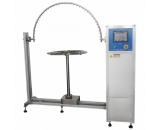

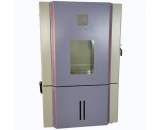

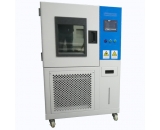

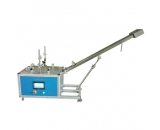

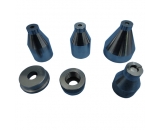






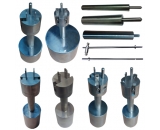
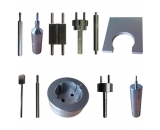
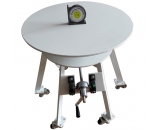
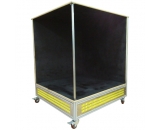

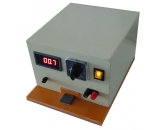
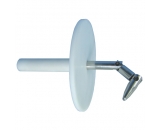
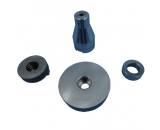
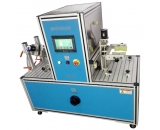
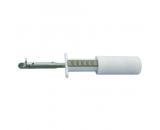
 提升卡
提升卡 置顶卡
置顶卡 沉默卡
沉默卡 喧嚣卡
喧嚣卡 变色卡
变色卡 抢沙发
抢沙发 千斤顶
千斤顶 显身卡
显身卡













